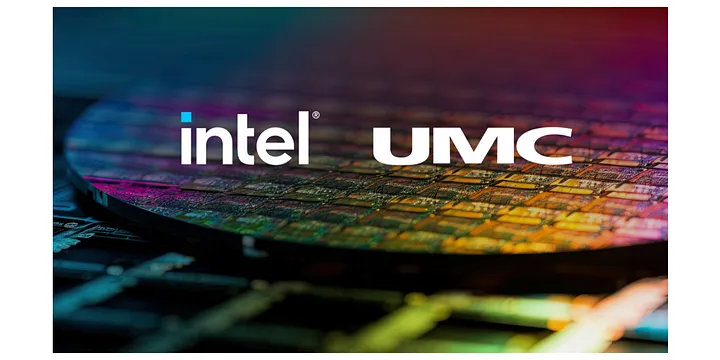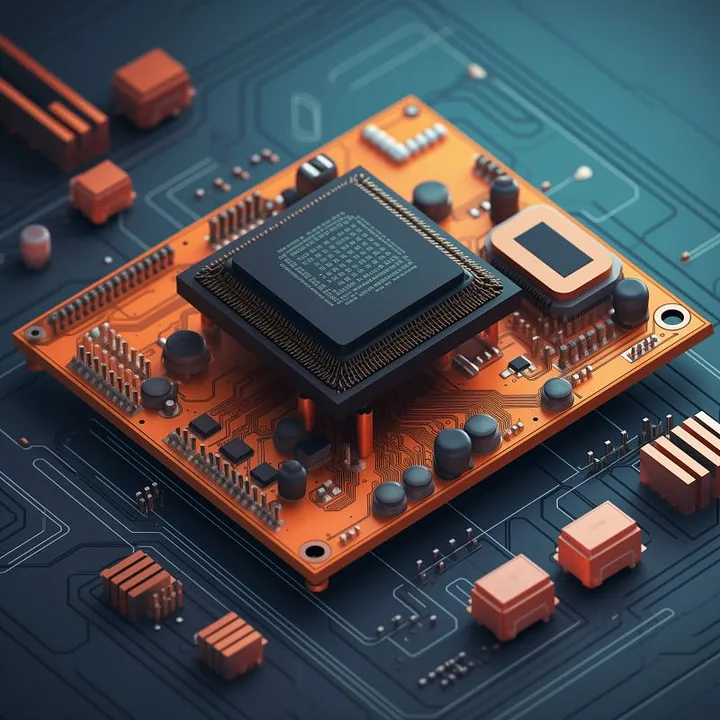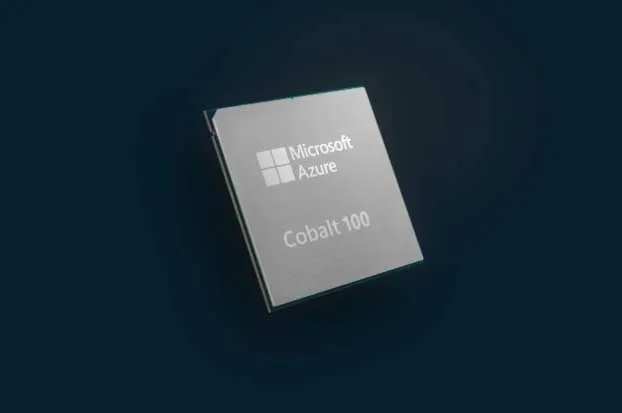The news that Intel and United Microelectronics Corporation (UMC), the second-largest foundry in Taiwan, are collaborating on the development of a new 12-nanometer semiconductor manufacturing process platform has caught a lot of industry observers off-guard.
But it makes a lot of sense for both companies as it enables Intel to expand the customer base for its Intel Foundry Services (IFS) division using fully depreciated fabs and UMC to offer its customers an upgrade from its current 14nm-class mode without having to make huge investments in new equipment and fabrication facilities.
The new 12nm process node brings together Intel’s high-volume manufacturing capacity and expertise in FinFET transistor design and UMC’s long experience in providing foundry design assistance services for diverse application needs, and networking. It will be developed and deployed by IFS at Fabs 12, 22, and 32 at the Ocotillo Technology Fabrication site in Arizona and is projected to be ready for production in 2027.
It will combine Intel’s mature high-volume manufacturing capacity and expertise in FinFET transistor design with UMC’s experience in providing customers with Process Design Kit (PDK) and design assistance foundry services for customers.
This collaboration with UMC is a significant step forward towards enabling Intel to achieve its ambition goal of becoming the second-largest foundry in the world by 2030. Because its fabrication processes are optimized to produce the company’s own products, such as Intel Xeon and Intel Core processors, Intel’s IFS division has limited in the number of process technologies that it provides to third-party customers.
The agreement promises to deliver significant benefits for both companies. It will enable Intel to expand its range of process technology offerings and address high-growth opportunities in the mobile, networking, and communication infrastructure sectors. At the same time, it will allow UMC to transition its customers from its current 14nm-class mode without the need to develop a new manufacturing process independently and make heavy capital investments in new equipment and fabrication facilities.
By combining their complementary strengths, Intel and UMC are not only sharpening their competitive edge but also boosting their ability to meet evolving customer needs.
Long time technology industry fan here in Taiwan.



